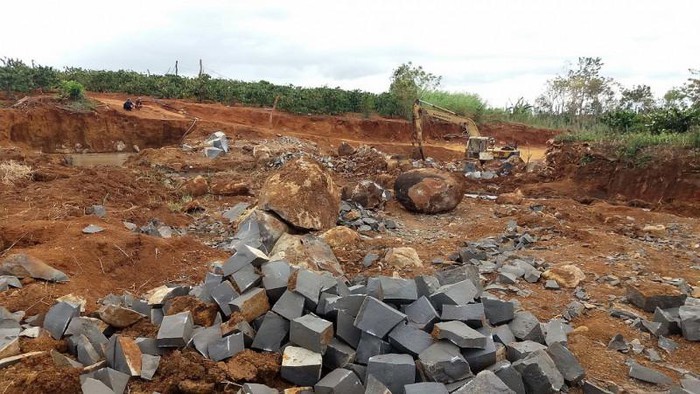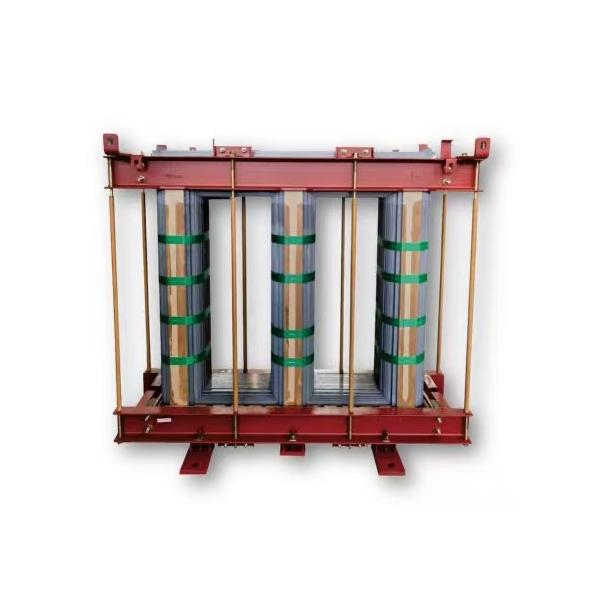Unveiling the Intricacies of Mineral Mining: A Comprehensive Guide

Mining plays a crucial role in the global economy, providing essential raw materials for various industries. From precious metals to industrial minerals, the process of extracting minerals from the Earth's crust is a complex and fascinating endeavor. In this blog post, we will delve into the intricacies of mineral mining, exploring the techniques, challenges, and environmental considerations involved.
- Understanding Mineral Deposits:
Mineral deposits are naturally occurring concentrations of minerals within the Earth's crust. They can be found in various geological formations, such as veins, placer deposits, and sedimentary layers. Before mining can commence, extensive geological surveys and exploration activities are conducted to identify and assess the potential mineral resources. - Exploration and Resource Estimation:
Exploration involves a series of activities aimed at locating and delineating mineral deposits. Techniques such as remote sensing, geophysical surveys, and drilling are employed to gather data on the size, grade, and quality of the mineral resource. Advanced technologies, including satellite imagery and airborne surveys, have revolutionized the efficiency and accuracy of exploration efforts. - Mining Methods:
There are several mining methods employed depending on the type of mineral deposit and its depth. Open-pit mining is commonly used for shallow deposits, where the ore is extracted from the surface. Underground mining, on the other hand, is employed for deeper deposits, requiring tunnels and shafts for access. Other methods, such as placer mining and solution mining, are utilized for specific mineral types and geological conditions. - Extraction and Processing:
Once the ore is extracted, it undergoes various processing steps to separate the valuable minerals from the surrounding rock and impurities. Crushing, grinding, and milling are commonly employed to reduce the ore size, followed by physical or chemical separation techniques such as flotation, smelting, or leaching. The extracted minerals are then refined and transformed into marketable products. - Environmental Considerations:
Mining operations have a significant impact on the environment, and sustainable practices are crucial to minimize these effects. Strict regulations and best practices are implemented to mitigate air and water pollution, land degradation, and biodiversity loss. Techniques such as reclamation and rehabilitation are employed to restore mined areas, ensuring long-term environmental sustainability.
Conclusion:
Mineral mining is a complex process that involves a range of techniques, technologies, and considerations. From exploration to extraction and environmental management, every step requires careful planning and execution. By understanding the intricacies of mineral mining, we can ensure responsible and sustainable resource utilization for the benefit of present and future generations.

